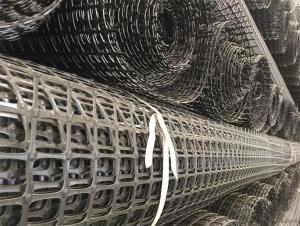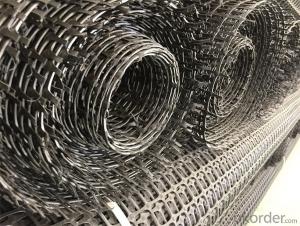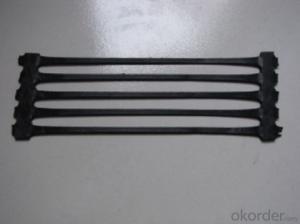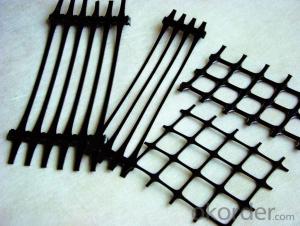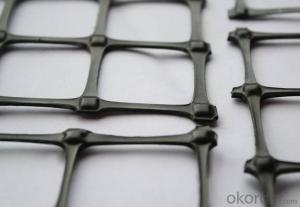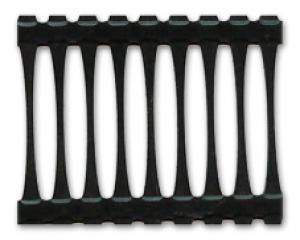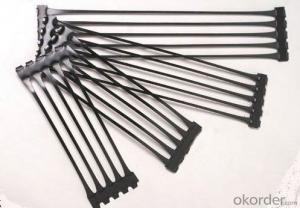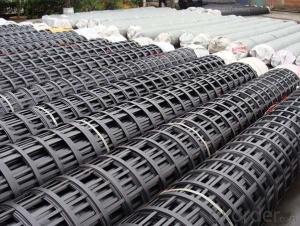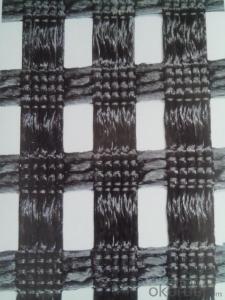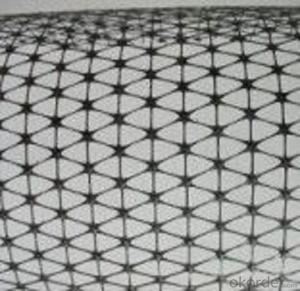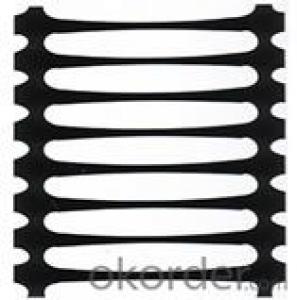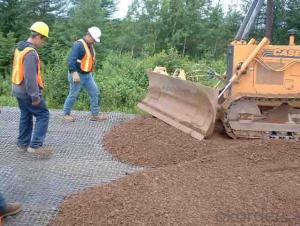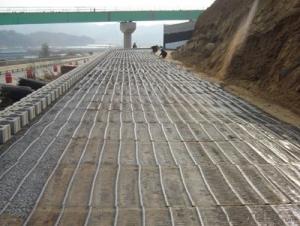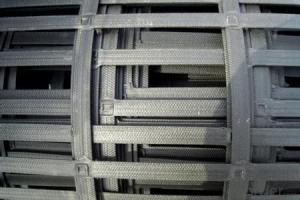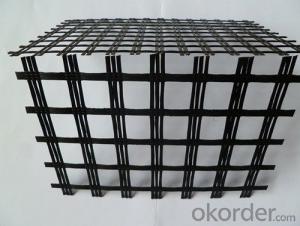Geogrid Uniaxial
Geogrid Uniaxial Related Searches
Led For Cannabis Growing Fiberglass Sheets For Roofing Geogrid For Road Construction Geogrid For Erosion Control Geogrid For Soil Stabilization Geogrid For Horse Paddocks Geogrid For Gravel Geogrid For Pavers Geogrid For Steep Slopes Geogrid For DrivewaysHot Searches
Geogrid China Geogrid Mesh Price Geogrid Fabric Price Geogrid Roll Price Geogrid Price List Tensar Triax 160 Geogrid Price Tensar Ss40 Geogrid Price Tensar Tx160 Geogrid Price Triax Geogrid Price Geogrid Price Tx160 Geogrid Price Geogrid Fabric Home Depot Plastic Flower Buckets Wholesale Wholesale Plastic Hanging Baskets Plastic Planter Liners Wholesale Tensar Type 2 Geogrid Type 2 Geogrid Home Depot Geogrid Fiberglass Scaffolding For Sale Fiberglass Panels For SaleGeogrid Uniaxial Supplier & Manufacturer from China
Okorder.com is a professional Geogrid Uniaxial supplier & manufacturer, offers integrated one-stop services including real-time quoting and online cargo tracking. We are funded by CNBM Group, a Fortune 500 enterprise and the largest Geogrid Uniaxial firm in China.Hot Products
FAQ
- What are the criteria for the use of plastic geogrid
- Warp knitted grating, steel plastic grille, plastic grille, fiberglass grille
- Yes, geogrids can be used in coastal erosion control projects. Geogrids are commonly used to stabilize soil and prevent erosion by providing reinforcement and structural support. In coastal areas, where erosion is a significant issue, geogrids can help to stabilize slopes, retain soil, and protect coastal infrastructure from the impact of waves and tides.
- Using geogrids in ground improvement for seismic stability offers several advantages. Firstly, geogrids enhance the strength and stability of the soil by providing reinforcement. They distribute the applied loads more evenly, reducing the potential for soil settlement and minimizing the risk of ground failure during seismic events. Secondly, geogrids improve the overall bearing capacity of the soil. By confining and interlocking with the soil particles, they increase the shear resistance and prevent excessive lateral movement of the soil, thus enhancing the stability of the ground. Furthermore, geogrids act as a barrier against soil erosion and prevent the loss of soil particles during earthquakes. They help maintain the integrity of the soil structure, reducing the potential for landslides and slope failures. Moreover, geogrids are flexible and adaptable, making them suitable for a variety of ground conditions. They can be easily installed and customized to fit the specific project requirements, allowing for efficient and cost-effective ground improvement solutions. Overall, the use of geogrids in ground improvement for seismic stability offers significant advantages, including enhanced soil strength, improved bearing capacity, erosion control, and adaptability, ultimately resulting in a safer and more stable foundation for structures in earthquake-prone areas.
- Yes, geogrids are suitable for reinforcement of mechanically stabilized aggregate layers. Geogrids are commonly used in civil engineering to enhance the stability and load-bearing capacity of soil or aggregate layers. They provide tensile strength and distribute applied loads, reducing the potential for deformation or failure in mechanically stabilized layers.
- Yes, geogrids can be used in the reinforcement of tunnels and underground excavations. Geogrids are commonly utilized in such applications to enhance soil stabilization, reduce soil movement, and provide structural support. They can effectively distribute the load and improve the overall stability and longevity of tunnels and underground excavations.
- Geogrids can positively affect soil compaction by providing reinforcement and stability to the soil, reducing the potential for settlement. They distribute the applied load more evenly, improving the load-bearing capacity of the soil and reducing the chances of soil movement or deformation.
- Yes, geogrids can be used in retaining wall facing systems. Geogrids are commonly used as reinforcement in retaining walls to provide additional stability and strength. They are placed horizontally within the soil layers behind the retaining wall facing to distribute the loads and prevent soil movement. This helps to enhance the overall structural integrity of the retaining wall and improve its longevity.



